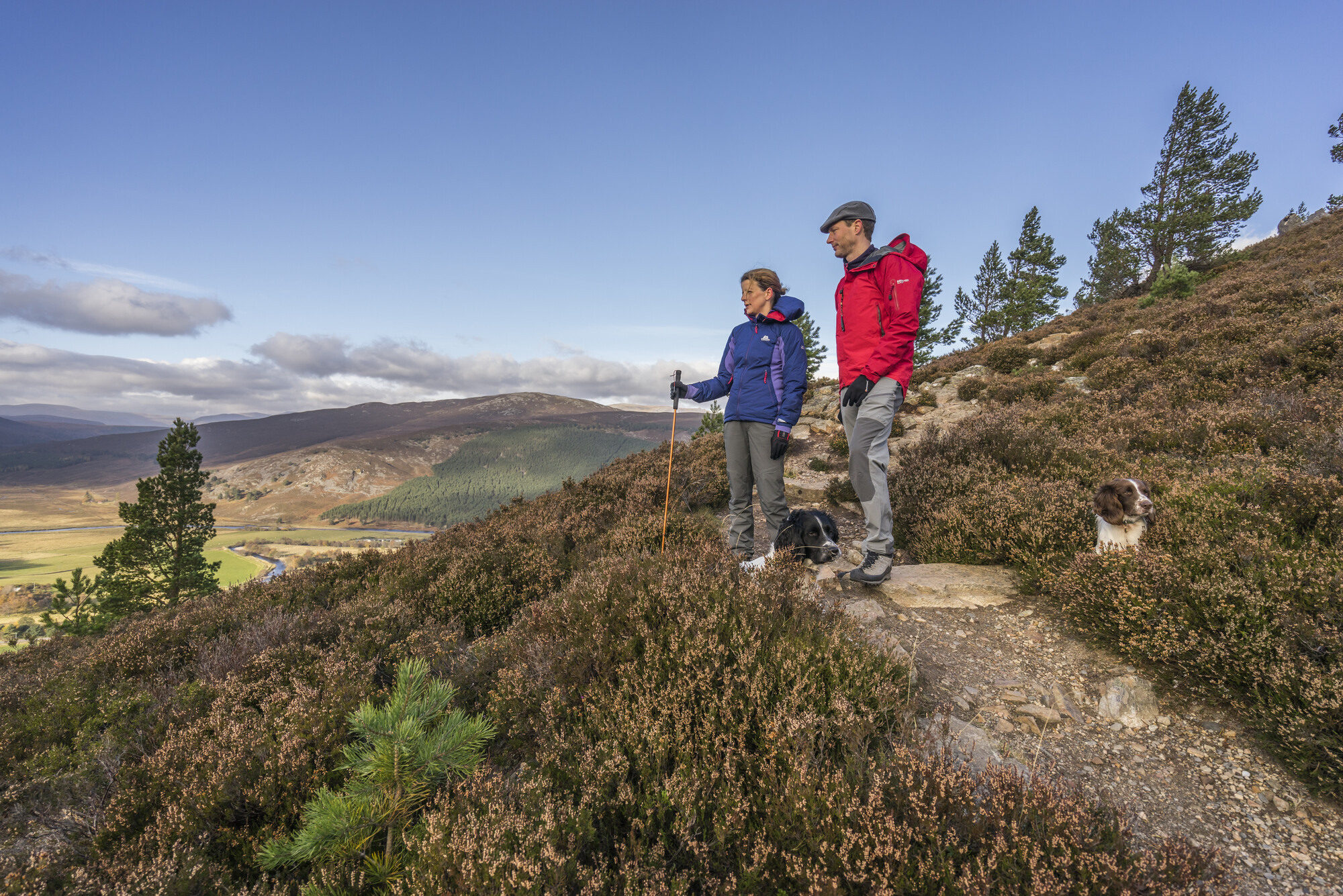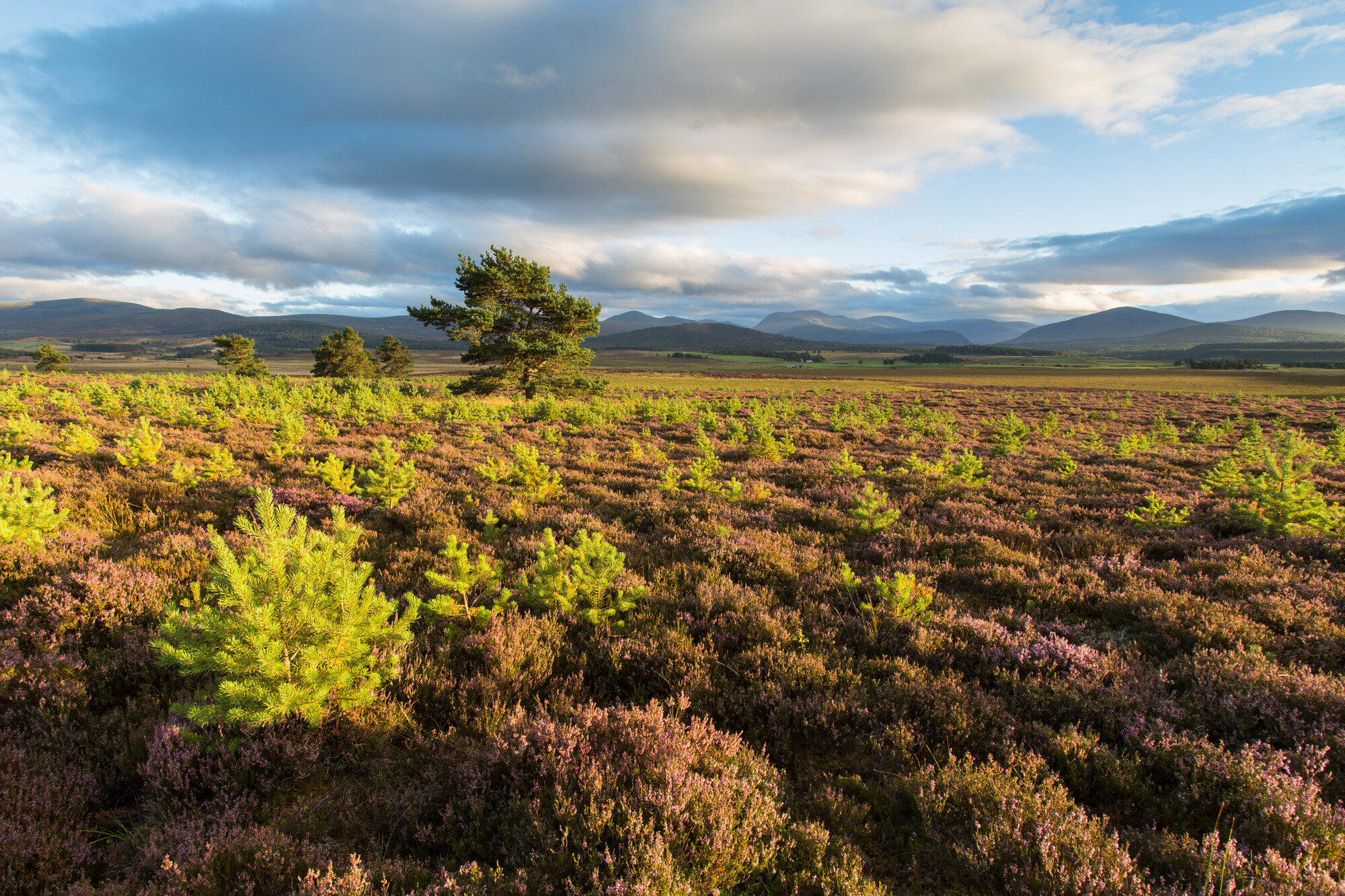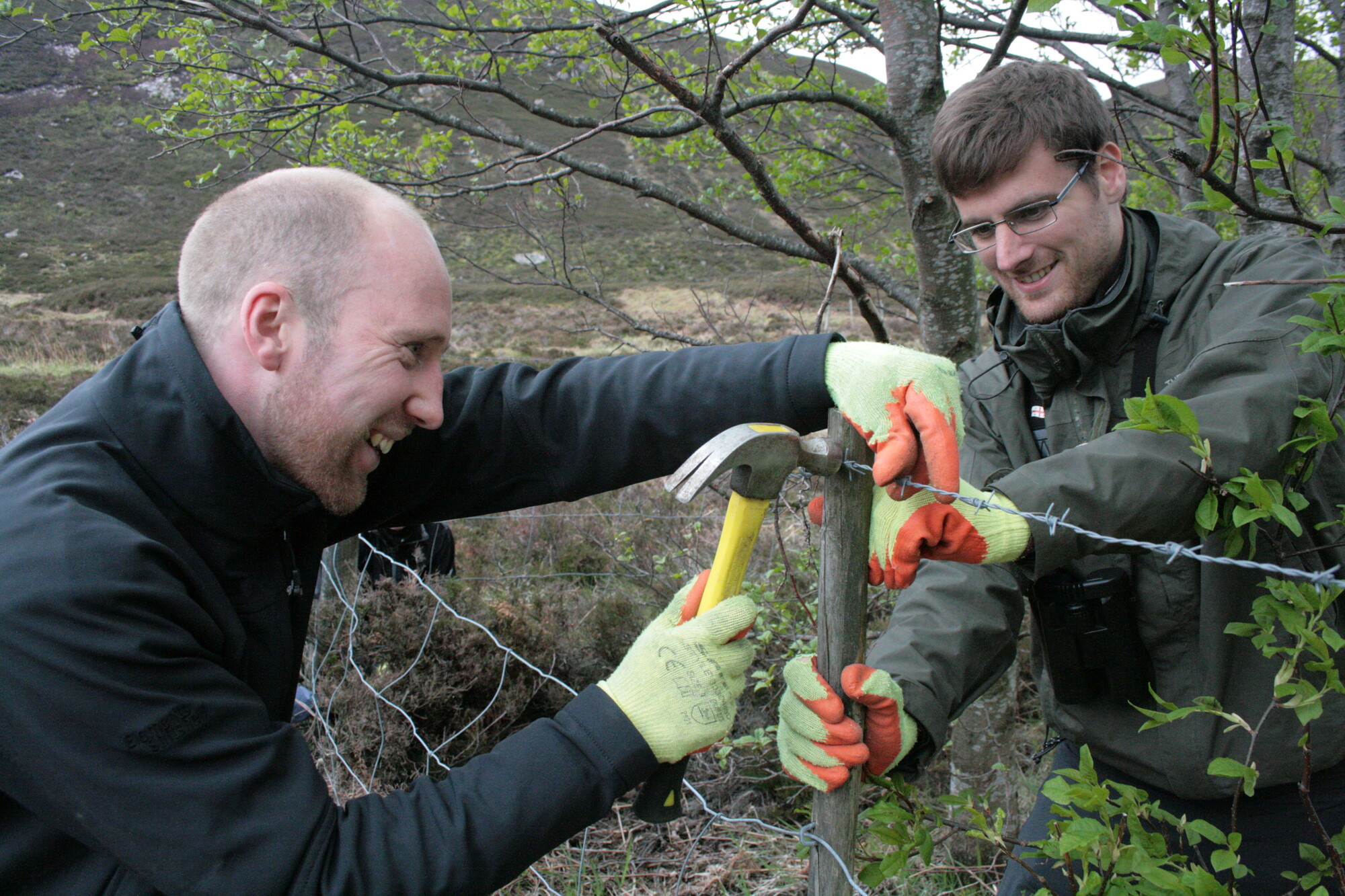Formal board meeting - paper 6 - public sector reform - 26 September 2025
Cairngorms National Park Authority Ughdarras Pàirc Nàiseanta a’ Mhonaidh Ruaidh
Formal Board Paper 6 26 September 2025 Page 1 of 5
For discussion
Title: Public Sector Reform Prepared by: Grant Moir, Chief Executive Officer
Purpose This paper provides an overview of the Public Sector Reform (PSR) agenda within Scotland and the role the Park Authority will play in delivering this.
Recommendations The Board is invited to:
α) Note the strategic direction from Scottish Government. b) Note the place prototype work in the Dee and South Esk catchments as part of the developing PSR work.
Strategic context
The Scottish Government published its PSR in June 2025 — Scotland’s Public Service Reform Strategy Delivering for Scotland. This sets out the high level approach in Scotland and builds on work already underway across the public sector.
The Scottish Government intends that public services system will:
α) Be efficient and effective with the right-size delivery landscape. b) Better join up services and focus on helping people. c) Prioritise prevention. d) Empower people and communities to shape the services that matter to them. e) Be fiscally sustainable.
- One of the key commitments in the strategy is over the next five years the annualised Scottish Government and public body corporate costs will be reduced by £1 billion, representing around 20% of the identified public body corporate and core government operating costs.
Cairngorms National Park Authority Ughdarras Pàirc Nàiseanta a’ Mhonaidh Ruaidh
Formal Board Paper 6 26 September 2025 Page 2 of 5
- At a national level there are four workstreams tasked with taking this work forward. These are:
α) Workstream 1: Leadership and Cultural Change b) Workstream 2: Accountability and Incentives c) Workstream 3: Empowering People, Places and Communities d) Workstream 4: Ensuring the Right Delivery Landscape
- All of these workstreams are relevant for the Park Authority but Workstream four may have the most significant impact. This includes a commitment to review the current public service delivery landscape (131 public bodies and 50 government directorates) to:
a) Identify duplication across public bodies and work with those bodies to share processes / services. b) Expand and deepen the ‘clusters’ programme with public bodies to facilitate greater efficiency and integration. c) Consider the appropriate interface between public bodies and Government in terms of policy / delivery split and remove duplication where it exists. d) Where necessary, identify and implement changes to the status of public bodies where this prevents them delivering to best effect. e) Use the Ministerial Control Framework to continue the presumption against the creation of new public bodies by assessing and challenging any new proposals. f) Support and encourage an entrepreneurial mindset within public bodies. g) Remove, amalgamate or change the number of public bodies where doing so will increase efficiency, remove duplication and improve service delivery.
Environment Cluster
- The Environment and Economy Leaders Group (EELG) is the cluster under which the Park Authority sits. This includes NatureScot, Scottish Environment Protection Agency, Loch Lomond and The Trossachs National Park Authority, Royal Botanic Garden Edinburgh, Zero Waste Scotland, Crofting Commission, Scottish Land Commission, Crown Estate Scotland, Scottish Forestry, Forestry and Land Scotland and Scottish Water alongside relevant Scottish Government Directorates and Cosla representation.
Cairngorms National Park Authority Ughdarras Pàirc Nàiseanta a’ Mhonaidh Ruaidh
Formal Board Paper 6 26 September 2025 Page 3 of 5
There are a number of workstreams that have been taken forward through the cluster including digital, estates, people / HR. There is also an Environment Futures Group looking specifically at the medium to longer term aspects of public sector reform within the environment sector. The Environment Futures Group have established two workstreams to take this work forward.
The first is the Place Prototype work that I am the sponsor for within EELG. This is looking at two catchments — Dee and South Esk. The Dee work is being led by the Park Authority, the South Esk work is being led by Scottish Environment Protection Agency (SEPA). In each catchment the lead partners will coordinate work with communities, land managers, agencies and organisations to establish an integrated programme of action to secure the long-term catchment resilience and wider benefits.
Place-based working takes a systems approach to aligning and prioritising the regulatory, policy, and public investment mechanisms, towards the most efficient and effective way of delivering the common government, private and community interests and outcomes. The learnings from the two ‘pioneer catchments’ will then be applied to other catchments throughout Scotland.
In the Dee catchment this work will build on the Dee Resilience Partnership we have already pulled together. The Dee Resilience Group comprises representatives from communities in the upper catchment, Aberdeenshire Council, the Dee District Salmon Fishery Board, River Dee Trust, public agencies and James Hutton Institute (JHI). There is now a dedicated resource to take forward the work, supported by partners organisations. The Resilience Group has been discussing and collaborating on a joined-up approach to landscape scale restoration, resilience and ‘slowing the flow’. The group will formally take on a role in the PSR work as the regional governance, advisory and delivery group.
The second workstream is looking at longer-term approaches to environmental delivery.
Other PSR work within the Park Authority
- The Park Authority has a number of shared services with Loch Lomond and the Trossachs National Park Authority and the Park Authority also provides HR
Cairngorms National Park Authority Ughdarras Pàirc Nàiseanta a’ Mhonaidh Ruaidh
Formal Board Paper 6 26 September 2025 Page 4 of 5
support to the Scottish Land Commission. The Park Authority will continue to focus on opportunities to work with other organisations where it makes sense to do so.
The Park Authority is currently developing its Workforce Management Plan which is looking at how to achieve PSR requirements alongside the changing workforce the Park Authority will need post the Cairngorms 2030 programme. This work is informed by the strategic intent set out in paragraph three and the current headcount restrictions from Scottish Government alongside the no compulsory redundancy policy from Scottish Government.
The Park Authority has also been increasing the digitisation of Park Authority services. This includes the new finance system and the new website mapping tool which has allowed us to save expenditure on the common place platform. Examples of the new digital applications are listed below:
| Accident and incident reporting | Mobile app |
|---|---|
| Lone working / buddy system | Mobile app |
| Fleet vehicle use logging | Mobile app |
| Fleet cycle use logging and booking | Mobile app |
| Display screen equipment (DSE) home assessment | Desktop app |
| Procurement Register / pipeline | PowerBI dashboard |
| Grants Register | PowerBI dashboard |
| Contract Register | PowerBI dashboard |
| Legionella temperature checks | Mobile app |
| Staff first aid info | Mobile app |
| Ranger logging and weekly reporting | PowerBI dashboard |
Risks
- Key risks for the Park Authority are around:
α) The need to deliver the change that delivers PSR objectives rather than wait for change to happen to the organisation. b) Ensuring we still have a high-quality workforce with the right skills to deliver the National Park Partnership Plan in 2030.
Cairngorms National Park Authority Ughdarras Pàirc Nàiseanta a’ Mhonaidh Ruaidh
Formal Board Paper 6 26 September 2025 Page 5 of 5
c) Whether we can get partner buy-in to deliver the place prototype pilots and that these show they deliver efficiency and effectiveness.
- These risks will be picked up through the Strategic Risk Register.
Next steps
- It is proposed that a regular update is taken to the Performance Committee on the place protype work and that the annual corporate performance report to the Board contains a section on PSR.
Grant Moir Grantmoir@cairngorms.co.uk 10 September 2025




